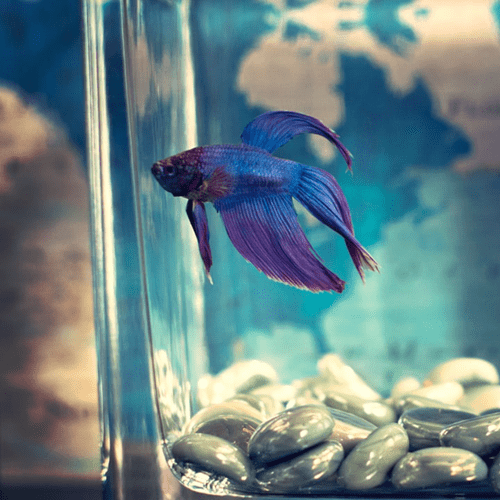Travel
Many pets do not travel well. If your pets do not, try to get them used to travelling in the car well in advance by going on short journeys in the weeks leading up to the move using whatever basket or carrier you may be using on the day. To help avoid travel sickness, don’t feed your pet for 12 hours before a journey. To be totally safe you could think about buying a British Standards approved dog harness for your dog so it can sit securely on one of the seats in your car.
Cats should be transported in a secure basket. For longer journeys these should ideally be wicker and wire and measure at least 50 x 28 x 28cm. Don’t be tempted to let them travel loose in the car as they can escape and be lost if an accident happens or the doors have to be opened in an emergency. You may like to let your cat out to use the litter tray and to eat some food on a long journey, but make sure all the doors are shut and locked until they are secured inside their carrier again.
Make sure the car is well-ventilated and never leave any pets in a hot or cold car while you stop for a break. In a hot car, temperatures can rise quickly resulting in either heatstroke or even death. A cold car can be just as dangerous for animals left for any length of time. Extremes of weather can be particularly hazardous for fish as in hot weather the water they are travelling in heats up quickly and looses its oxygen, and on a cool day it can cool down to a low temperature at which they cannot live.
Cages transporting small animals and birds should be covered with a cloth to keep them quiet and restful, but make sure you don’t cover the air holes completely.
Pack cages and cat carriers carefully, securing them so that they cannot move around but leaving sufficient ventilation. Do not put them into the removal van or the boot of the car.
Your dog will need frequent stops, so keep it on a lead. Although dogs enjoy riding with their ears blowing in the wind, dirt and bugs can cause them injury or infections to their eyes, ears and nose. If your pet needs food or water during the journey, make sure that the food is bland and easily digested and that the water comes from your regular supply at home.

FIND YOUR BISHOP'S MOVE






